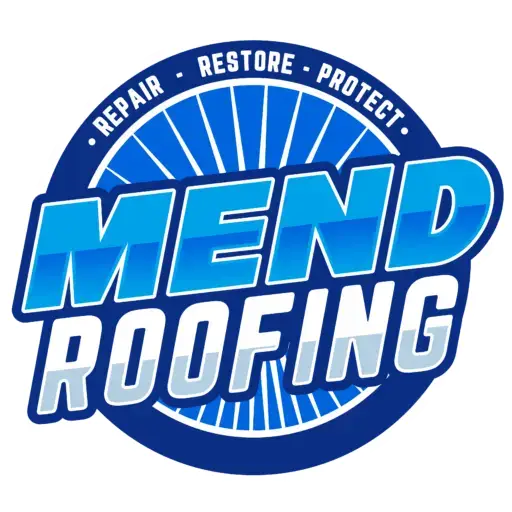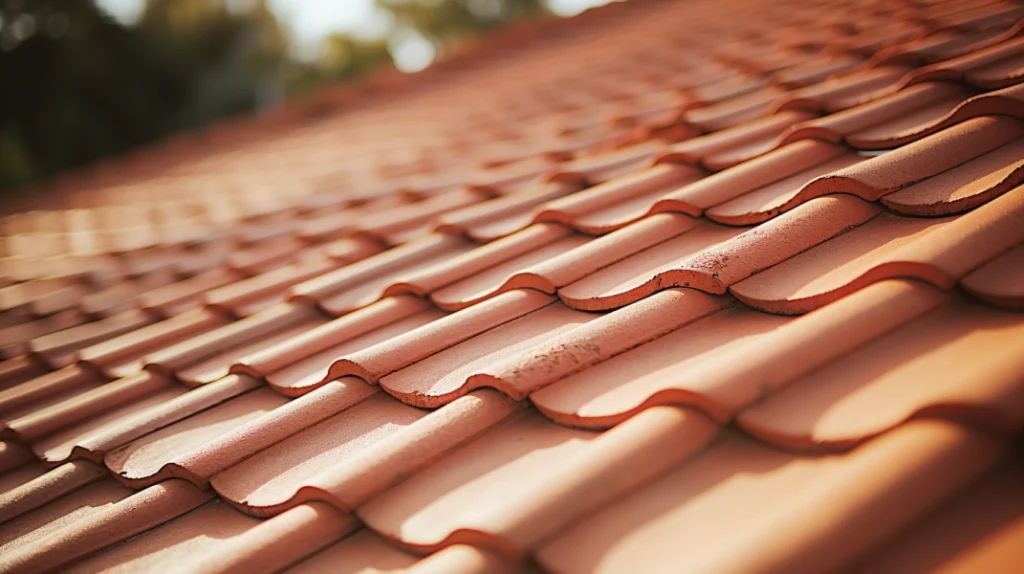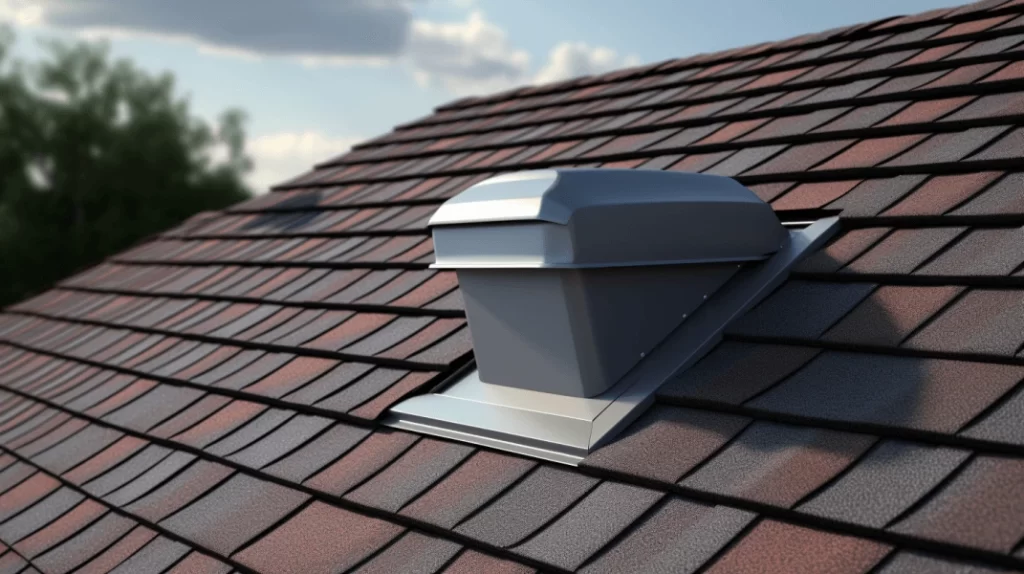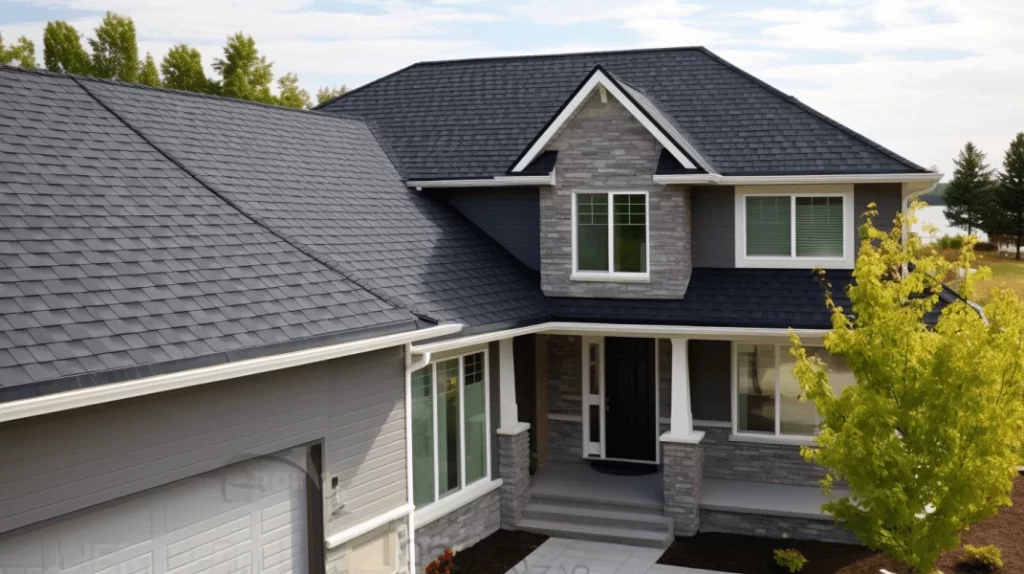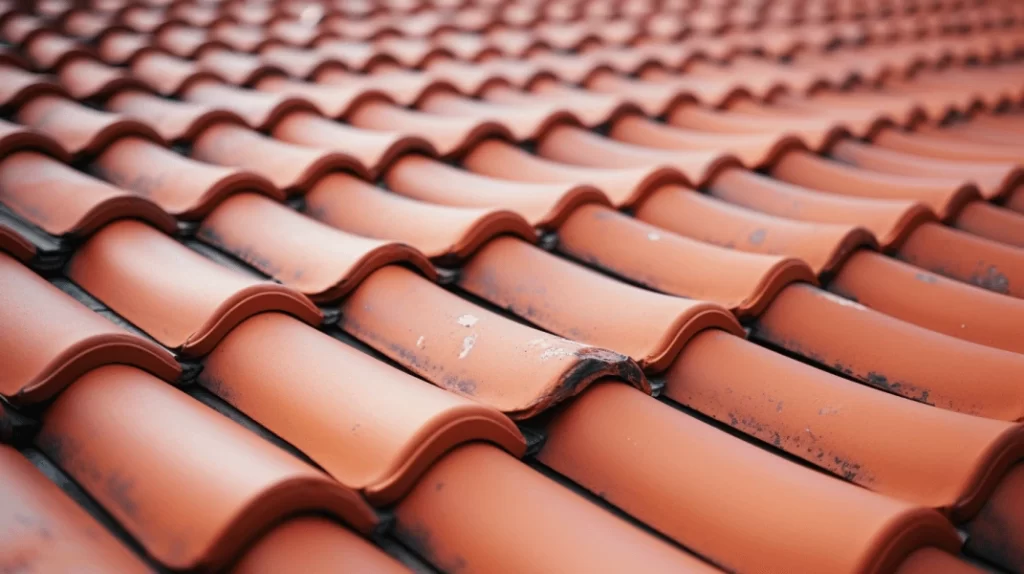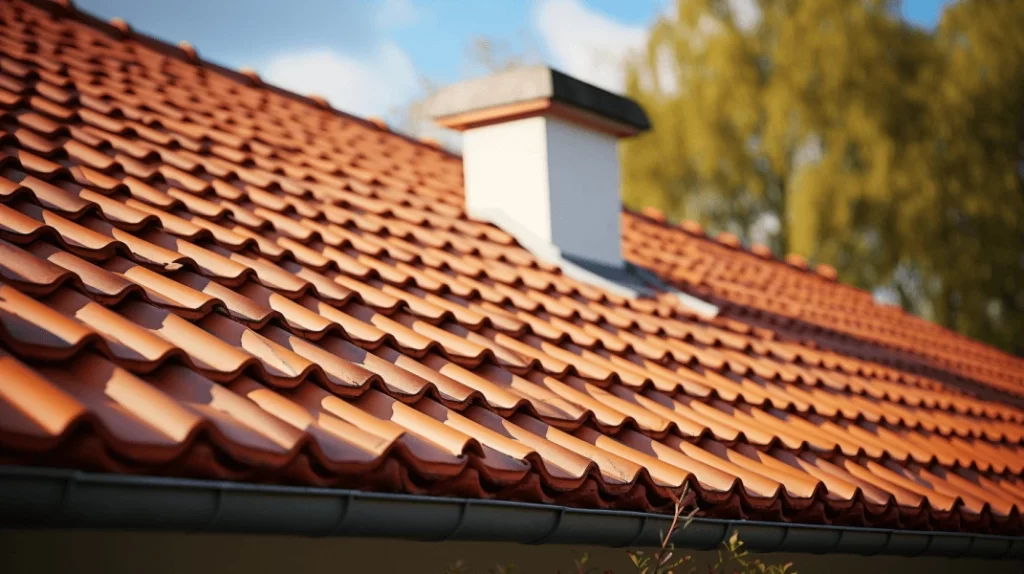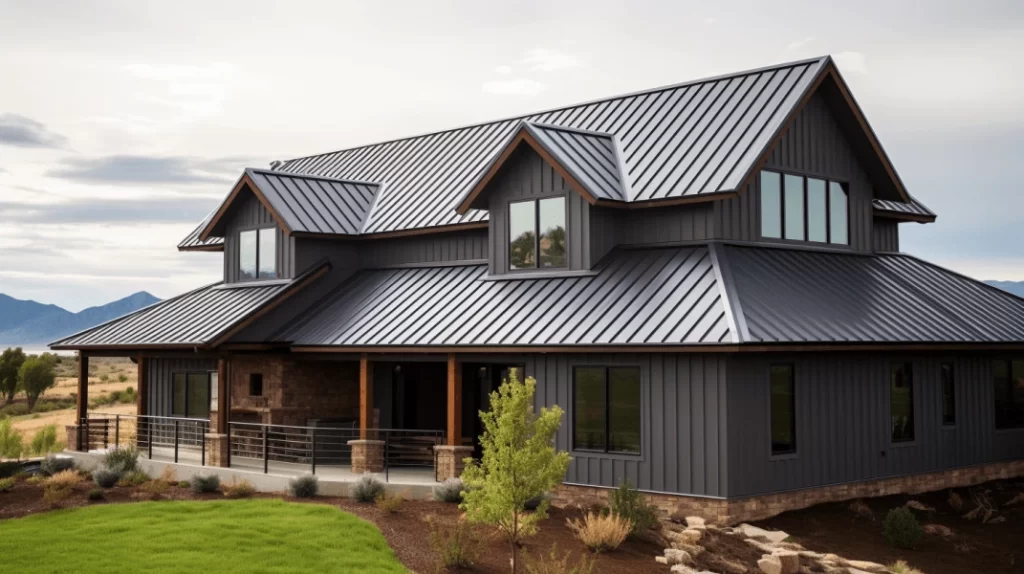Roofing is more than just an overhead cover for your house. It’s a significant investment that impacts your property’s value, safety, and energy efficiency. As Mend Roofing, a prominent roofing company in Spring, often emphasizes, when deciding to buy a new roof, several factors play a pivotal role. Let’s delve into these essential considerations.
1. Materials Matter: The Right Choice for Durability and Aesthetics
The material you choose can determine the longevity, performance, and appearance of your roof. Mend Roofing, with years of expertise as a leading roofing contractor in Spring TX, highlights the following materials and their characteristics:
Asphalt Shingles
- Lifespan: 20-30 years
- Pros: Cost-effective, available in multiple colors and styles.
- Cons: Less durable compared to other materials.
Metal Roofing
- Lifespan: 40-70 years
- Pros: Durable, fire-resistant, eco-friendly.
- Cons: Higher initial investment.
Tile and Slate
- Lifespan: 50-100 years
- Pros: Extremely durable, eco-friendly, offers a distinct appearance.
- Cons: Heavier, may need additional structural support.
Wooden Shingles and Shakes
- Lifespan: 25-30 years
- Pros: Natural appearance, provides good insulation.
- Cons: Needs consistent maintenance, less fire-resistant unless treated.
2. Insulation and Ventilation: Prioritizing Energy Efficiency
A well-insulated roof significantly cuts down on energy costs. Always consider insulation materials and techniques that suit your roofing type. Proper ventilation, as endorsed by various roofing companies in Spring Texas, including Mend Roofing, is equally essential as it thwarts moisture buildup, extending your roof’s life.
3. Installation: The Value of Expertise
The lasting quality and performance of a roof largely depend on its installation. Ensure you:
- Engage with licensed and insured contractors.
- Seek references and study reviews.
- Thoroughly understand warranty stipulations.
4. Cost Analysis: Striking the Right Balance
While aiming for a cost-effective solution, it’s essential to analyze the long-term repercussions. A slightly higher initial investment can avert substantial repair and replacement expenses in the future.
5. Local Climate and Environmental Factors
Weather patterns in your area significantly influence your roofing material choice. For instance, metal roofing is apt for areas vulnerable to wildfires, while slate and tile are ideal for places experiencing heavy rainfall.
In conclusion, investing in a new roof requires keen attention to materials, insulation, professional installation, costs, and local environmental factors. By making informed decisions, you ensure that your home remains protected, energy-efficient, and visually appealing for many years.
